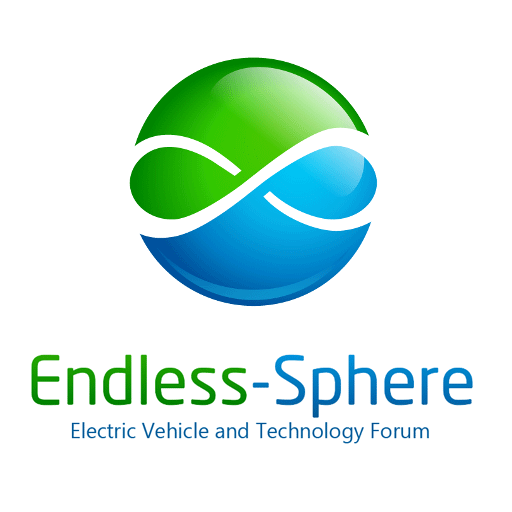There have been a few posts about this on ES, namely at least:

 endless-sphere.com
endless-sphere.com
I think it really belongs in motor technology, and the more I learn about PMSM motor control, the more interesting rabbit holes I get into. This topic is in fact much older, and I found research dating as far back as 2002!
The relevant point in the original abstract was:
While I don't think that adding a boost converter in front of the controller is a great idea (save perhaps if it was bypassed normally and only used at high speeds, kinda like FW in the first place), if it was integrated in the controller, it certainly shows some potential as an alternative control method.
But then it gets even better. The newer paper from 2015 (https://ietresearch.onlinelibrary.wiley.com/doi/full/10.1049/iet-epa.2013.0291) had an even better idea. Folks who advocate for dual ebike motors, strap in:
I am not sure if it's genius or absolute madness. But just imagine a 48V 2WD torque monster that turns into a 96V rear-wheel drive system at high speed... Of course to utilize the entire method proposed in the paper, you'd need much more, perhaps some clutching/etc to lock one of the motors in place (perhaps a bit easier to do with a mid drive combined with rear hub), but still...
What do you think?

INCREASE EBIKE SPEED WITH DC BOOST CONVERTER
How about instead of adding more cells, we just buy a 1800W boost converter. A boost converter is basically a transformer for DC power...... That is adjustable to a fixed output voltage. Plan on using one of these boys to step up my 48v 20ah battery to 72v.... Like here...
 endless-sphere.com
endless-sphere.com
I think it really belongs in motor technology, and the more I learn about PMSM motor control, the more interesting rabbit holes I get into. This topic is in fact much older, and I found research dating as far back as 2002!
The relevant point in the original abstract was:
The results show some advantages of the operation by the PWM inverter with voltage booster.
While I don't think that adding a boost converter in front of the controller is a great idea (save perhaps if it was bypassed normally and only used at high speeds, kinda like FW in the first place), if it was integrated in the controller, it certainly shows some potential as an alternative control method.
But then it gets even better. The newer paper from 2015 (https://ietresearch.onlinelibrary.wiley.com/doi/full/10.1049/iet-epa.2013.0291) had an even better idea. Folks who advocate for dual ebike motors, strap in:
When the drive system is operated below the rated speed, the dual motors are operated in parallel to share the total output torque. By using the proposed parallel dual-motor, the efficiency of the whole drive system can be effectively increased. On the other hand, when the drive system is operated beyond the rated speed, one motor is operated at a standstill and its stator inductances are used as three-phase boost inductances.
I am not sure if it's genius or absolute madness. But just imagine a 48V 2WD torque monster that turns into a 96V rear-wheel drive system at high speed... Of course to utilize the entire method proposed in the paper, you'd need much more, perhaps some clutching/etc to lock one of the motors in place (perhaps a bit easier to do with a mid drive combined with rear hub), but still...
What do you think?

